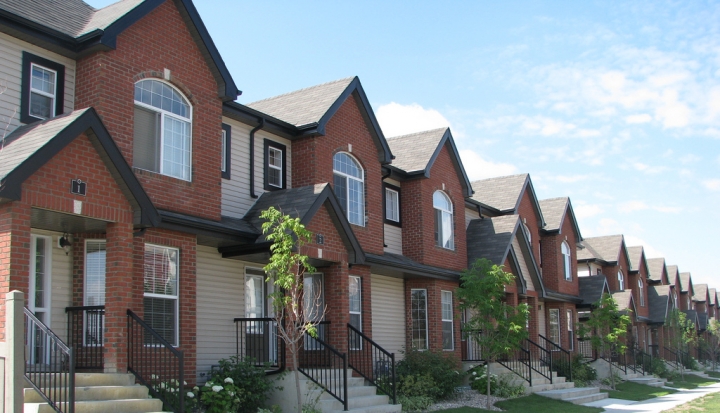According to a new study, The (In)compatibility of Diversity and Sense of Community, from researchers out of Michigan State University, the answer might not be an easy one.
As the Atlantic Cities blog breaks down, the researchers used a computer model to generate simulations of more than 20 million virtual neighborhoods, looking at how integration compared with social networks. The results were not terribly uplifting. After all the simulations, the results suggested that community and diversity may be fundamentally incompatible goals:
After 20 million-plus simulations, the authors found that the same basic answer kept coming back: The more diverse or integrated a neighborhood is, the less socially cohesive it becomes, while the more homogenous or segregated it is, the more socially cohesive. As they write, “The model suggests that when people form relationships with similar and nearby others, the contexts that offer opportunities to develop a respect for diversity are different from the contexts that foster a sense of community.”
Clearly, virtual reality does not correspond to actual reality, and the dynamics involved here (especially relating to social connections and community) are very complex and don’t necessarily translate neatly into a computer model. But do we still tend to arrange ourselves with others who think like us?
I was thinking how this information might translate to the community we develop in parishes. In our April 2013 Reader Survey, we learned that plenty of people travel outside of their geographic neighborhood community to find the “right” parish community fit for themselves. Additionally, 46 percent of our respondents indicated that diversity is an important factor for choosing a parish.
What do you think: Does diversity help a community—or a parish—thrive? Or, when it comes down to it, are we going to be more comfortable surrounded with people who remind us of ourselves?
Image: Flickr photo cc by City of Edmonton











